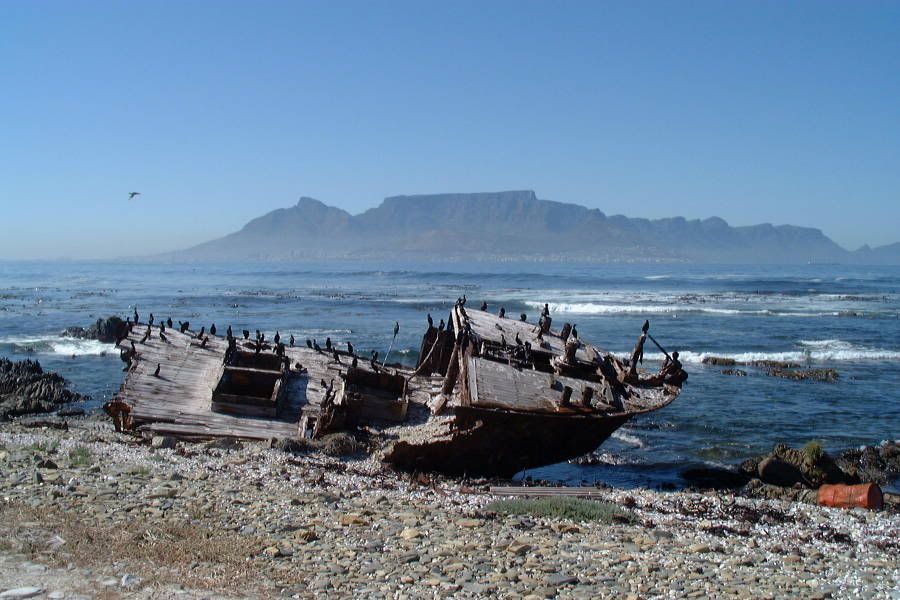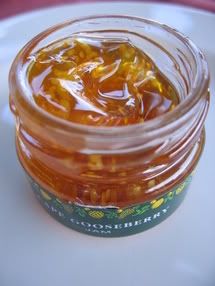Spices, Past and Present
 Cape Town wouldn’t be the mighty, multicultural city it is today if not for spices. Or the Spice Route, rather. Since the fifteenth century, Europeans traveling by ship to the East needed a place to replenish their onboard rations, and the sheltered bay at the bottom of the African continent, a half-way mark on the perilous journey from Europe to India, seemed a likely spot. So the Dutch East India Company (VOC) established the Cape as a sort of vegetable garden colony in the seventeenth century. Because let’s be honest; Europeans had no other reason for establishing a desolate colony on the southernmost tip of Africa. Later, gold, diamonds and other minerals would be discovered, and local people, settlers and European colonial powers would fight fiercely for the country that would one day be known as South Africa. To this day, South African political parties continue that battle to control the Cape of Good Hope, one of the wealthiest, most multi-cultural and fertile regions in the country, but that’s another story. Back in 1652, it was really all about the veggies.
Cape Town wouldn’t be the mighty, multicultural city it is today if not for spices. Or the Spice Route, rather. Since the fifteenth century, Europeans traveling by ship to the East needed a place to replenish their onboard rations, and the sheltered bay at the bottom of the African continent, a half-way mark on the perilous journey from Europe to India, seemed a likely spot. So the Dutch East India Company (VOC) established the Cape as a sort of vegetable garden colony in the seventeenth century. Because let’s be honest; Europeans had no other reason for establishing a desolate colony on the southernmost tip of Africa. Later, gold, diamonds and other minerals would be discovered, and local people, settlers and European colonial powers would fight fiercely for the country that would one day be known as South Africa. To this day, South African political parties continue that battle to control the Cape of Good Hope, one of the wealthiest, most multi-cultural and fertile regions in the country, but that’s another story. Back in 1652, it was really all about the veggies.A hot stop on the Spice Route, the Cape has always had access to many exotic spices from India, Indonesia and other Asian countries. In addition, slaves brought from Malaysia to work the land brought their own culinary wealth to the Cape, introducing new dishes and flavours, and greatly influencing other cuisines. Today, Cape Malay food is alive and well, and it’s hard to find any other South African cultures whose food is not informed in some way by their influence. Afrikaners use coriander seeds in both boerewors, a spicy sausage at the heart of Afrikaner kos (food), and biltong, the dried meat which usually tops the list of foods which expats miss the most. I’ve seen recipes for umngqusho (the popular Xhosa samp and beans) including allspice or cloves, and Chakalaka, a widely adored cooked vegetable condiment, always has a bit of this or that spice thrown in for good measure.
When you combine this spice-laden heritage with the upbeat creativity found in the Cape food scene today, you get… The Cape Herb and Spice Company. Probably already at a store near
 you! Wholefoods stocks them in the States, I’ve seen them in Holland and London, and I’ve read that they’re in Paris. Their products combine kitchen staples like salt, sugar and pepper with a range of other spices, herbs, dried fruit, vegetables and flours to add instant, eclectic flavour to a range of sweet and savoury dishes. They even make an exclusive range for Jamie Oliver! Growing up, my mother would always top her home-made cappuccino with a sweet sprinkle from their chocolate-cinnamon-sugar grinder, and I have two of their fleur de sels with me here, seaweed mélange (good with seafood, photographed above) and citrus zest (good with everything!).
you! Wholefoods stocks them in the States, I’ve seen them in Holland and London, and I’ve read that they’re in Paris. Their products combine kitchen staples like salt, sugar and pepper with a range of other spices, herbs, dried fruit, vegetables and flours to add instant, eclectic flavour to a range of sweet and savoury dishes. They even make an exclusive range for Jamie Oliver! Growing up, my mother would always top her home-made cappuccino with a sweet sprinkle from their chocolate-cinnamon-sugar grinder, and I have two of their fleur de sels with me here, seaweed mélange (good with seafood, photographed above) and citrus zest (good with everything!).
But my hands-down favourite seasoning I brought from home is a lot less imaginative, but fantastically flavourful. It’s a little bag of smoked salt I bought for a couple of rands at Bread and Wine Deli over the summer, and it adds a note of smoky woodfire to just about everything in my kitchen. Bread and Wine is located on the Môreson wine estate in the Cape Winelands, just outside of Franschhoek. They have a restaurant, and a little shop. It's deli-meets-farmstall, and full of delicious things like jams and homemade breads. Another thing I adore is their unfiltered kalamata olive oil, which they decant into a bottle while you wait. At about R40 for a tall, thin bottle, it's a luxury item, but I can’t get enough of it when I am home. It is a cloudy, golden grass-green, and more viscous than the stuff from the supermarket, with a earthy, strong flavour. It makes the perfect lunch, with some flour-dusted, springy ciabatta on the side.
Categories: Cape_Town, Ingredients, Winelands

